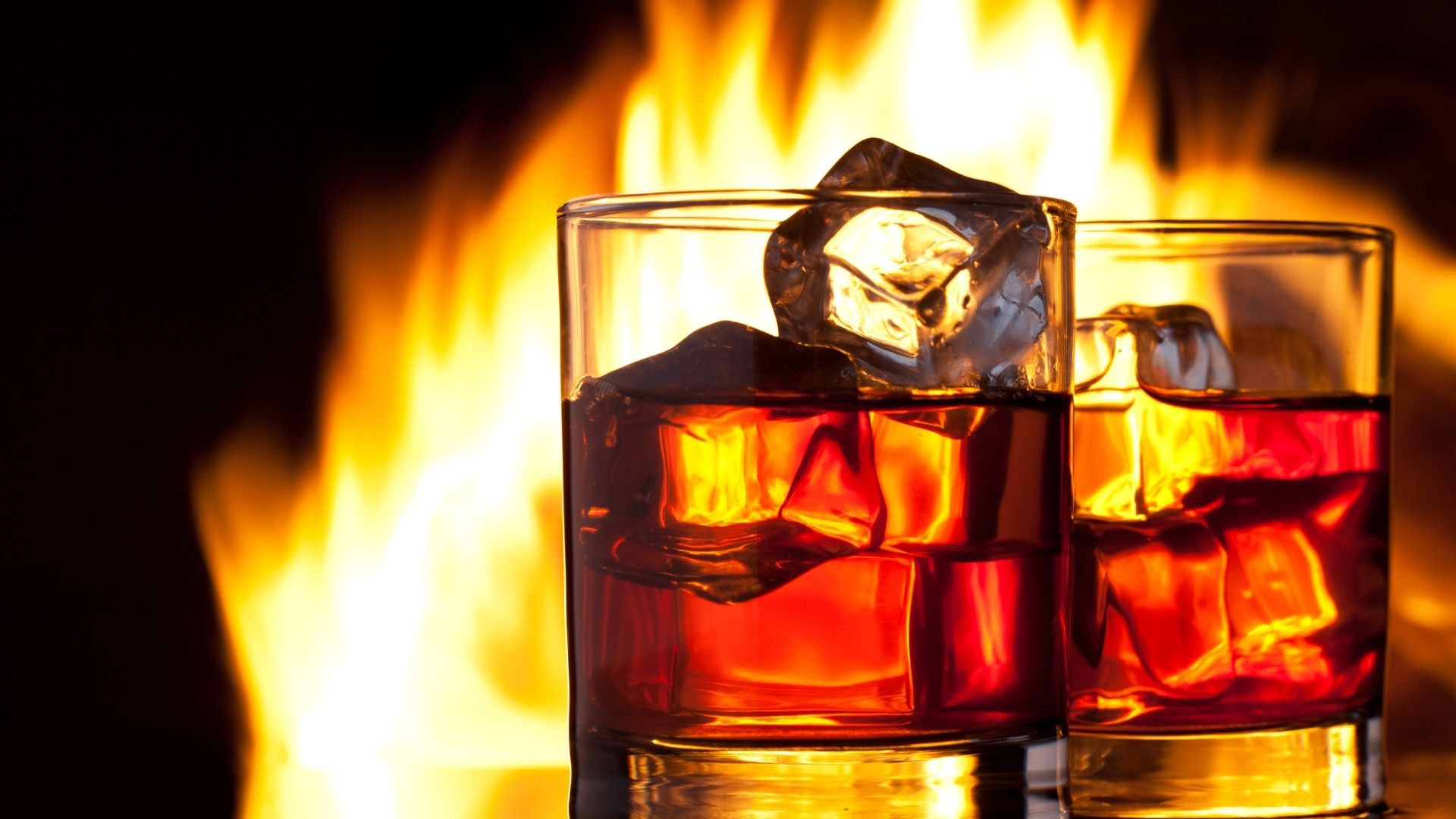As someone who enjoys a drink once in a while you might often wonder what the blended whiskeys on the bottom shelf are all about. Blended in terms of whiskey is not an easy thing to decipher.
Drinkers question whether the ‘blended’ term means low quality of the whiskey since these whiskeys are also cheaper compared to the not blended ones. Some people looking at the cheap price tags may also question the drinkability of the drink.
The blended whiskey consumed in America is definitely cheap leaving some which are notably the recent exceptions. By the federal definition blended whiskey needs to have a minimum of 20% straight whiskey. The other 80 percent of the liquid can be any other type of alcohol.
Thus the remaining liquid is mostly made of grain neutral spirits which is heavily distilled, flavorless, pure alcohol like the vodka primarily made from any kind of grain. The grain neutral spirit is blended with whiskey to give you the watered down blended whiskey at a much cheaper rate than the original whiskey.
Seagram’s 7, the Classic American blended whiskey contains a little more than 20% straight bourbon blended with inexpensive grain neutral spirits. Priced often $10 or less per 750 ml bottle these blended whiskeys have a raw, boozy taste which is a flavor of whiskey-flavored vodka rather than a proper bourbon.
Another classic, Texas Ranger Whiskey, has also found its own sweet spot among the drinkers. With a strong vanilla scent, the flavors of this drink are rather soft to the taste buds. But you need to properly know about Texas Ranger Whiskey before you can make up your mind on its exquisite taste.
In recent years though there has been a growth of more premium blended whiskey brands that have no grain neutral spirits like the Hotaling & Co. ‘s J.H. Cutter Whisky or Jim Beam’s new Little Book.

